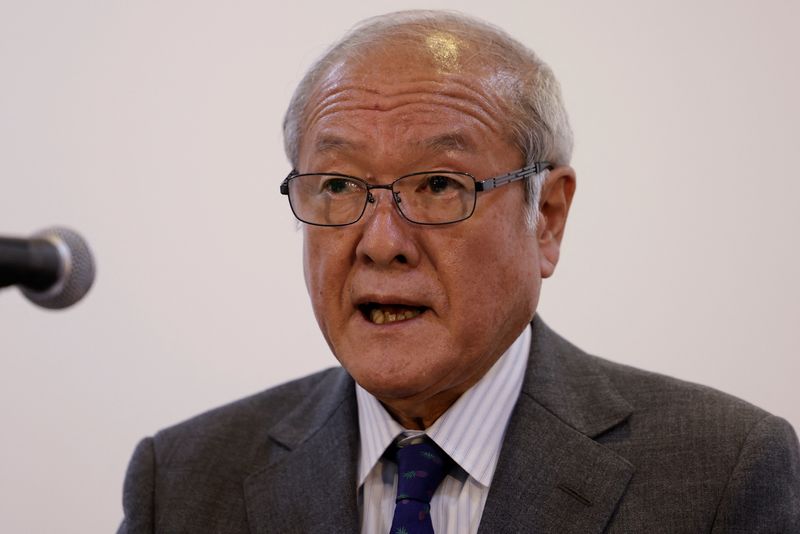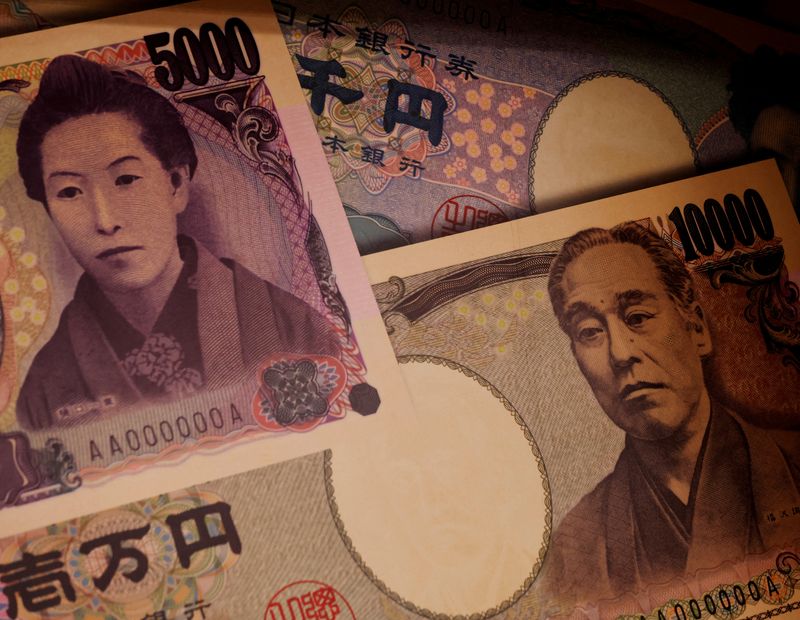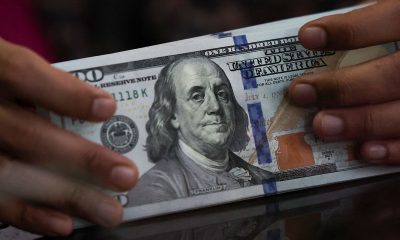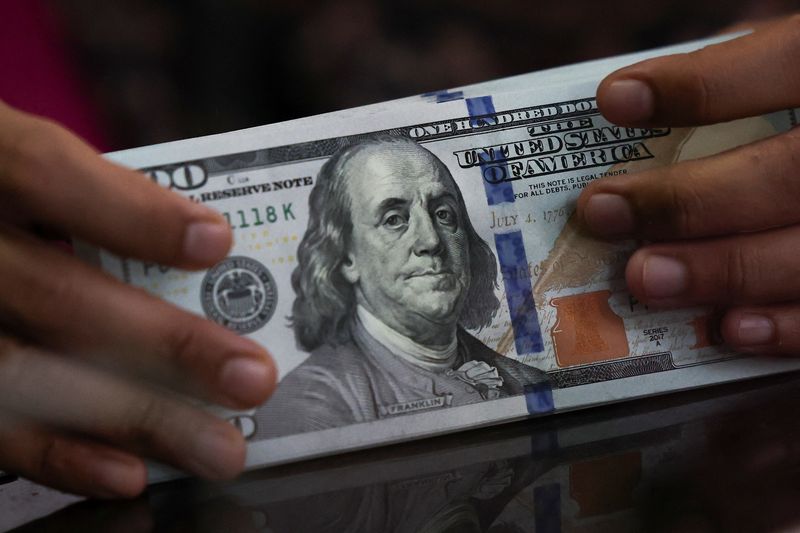Forex
Japanese authorities confer on weak yen, hint at intervention option

By Tetsushi Kajimoto
TOKYO (Reuters) – Japan’s three main monetary authorities held an emergency meeting on Wednesday to discuss the weak yen, and suggested they were ready to intervene in the market to stop what they described as disorderly and speculative moves in the currency.
In a sign of growing urgency to put a floor under the yen after the currency fell to a 34-year low against the dollar, the Bank of Japan, the Finance Ministry and Japan’s Financial Services Agency held a meeting late in Tokyo trading hours.
In a briefing afterwards, top currency diplomat Masato Kanda said he “won’t rule out any steps to respond to disorderly FX moves”. Kanda also said the BOJ would respond through monetary policy if currency moves affected the economy and price trends.
The dollar slipped against the yen on news of the meeting and was last at 151.06 after Kanda spoke. Earlier, the yen was at 151.97, weaker than the 151.94 level at which Japanese authorities stepped in during October 2022 to buy the currency.
The yen has continued to lose ground despite a historic shift away from negative interest rates by the BOJ last week.
A weaker yen makes exports from the world’s fourth-largest economy cheaper, but can push up prices of energy and other Japanese imports, fuelling inflation and making the cost of living higher.
That undermines the BOJ’s objective of achieving a sustainable 2% inflation level via wage growth and better household purchasing power, rather than cost-push inflation.
Earlier in the day, Finance Minister Shunichi Suzuki said authorities could take “decisive steps” against yen weakness – language he hasn’t used since 2022 when Japan last intervened in the market. He made his remarks shortly after the dollar spiked on strong U.S. data.
“Now we are watching market moves with a high sense of urgency,” he told reporters.
Christopher Wong, a currency strategist at OCBC in Singapore, said markets were gingerly testing to see where’s the line for Tokyo.
“I think that the risk of intervention is quite high, because this is a new cycle high,” he said, adding that if Tokyo doesn’t act, it would just encourage people to push the dollar/yen exchange rate a lot higher in the next few days.
DOMINO EFFECT
Bank of Japan Governor Kazuo Ueda said on Wednesday that the central bank would also keep a close eye on currency developments.
“Currency moves are among factors that have a big impact on the economy and prices,” Ueda told parliament, when asked about the yen’s recent sharp declines.
National Australia Bank (OTC:) forex strategists said ripples from the yen’s decline were being felt elsewhere and said that a recent sharp drop in may be a policy response to protect the competitiveness of Chinese exports.
“It’s not just a yen story. It has a domino effect that causes downside risk to other currencies,” said NAB strategist Rodrigo Catril.
While the BOJ raised interest rates for the first time since 2007 last week, markets now believe the next hike may be some time away.

That has reinforced the yen’s use in carry trades, in which investors borrow in a currency with low interest rates and invest the proceeds in a higher-yielding currency. Japanese investors can also get much stronger returns abroad, depriving the yen of support from repatriation flows.
For the current quarter that ends later this week, the yen is the worst-performing major currency, down more than 7% on the dollar.

 Forex3 years ago
Forex3 years agoForex Today: the dollar is gaining strength amid gloomy sentiment at the start of the Fed’s week

 Forex3 years ago
Forex3 years agoUnbiased review of Pocket Option broker

 Forex3 years ago
Forex3 years agoDollar to pound sterling exchange rate today: Pound plummeted to its lowest since 1985

 Forex3 years ago
Forex3 years agoHow is the Australian dollar doing today?

 Cryptocurrency3 years ago
Cryptocurrency3 years agoWhat happened in the crypto market – current events today

 World3 years ago
World3 years agoWhy are modern video games an art form?

 Commodities3 years ago
Commodities3 years agoCopper continues to fall in price on expectations of lower demand in China

 Economy3 years ago
Economy3 years agoCrude oil tankers double in price due to EU anti-Russian sanctions





























